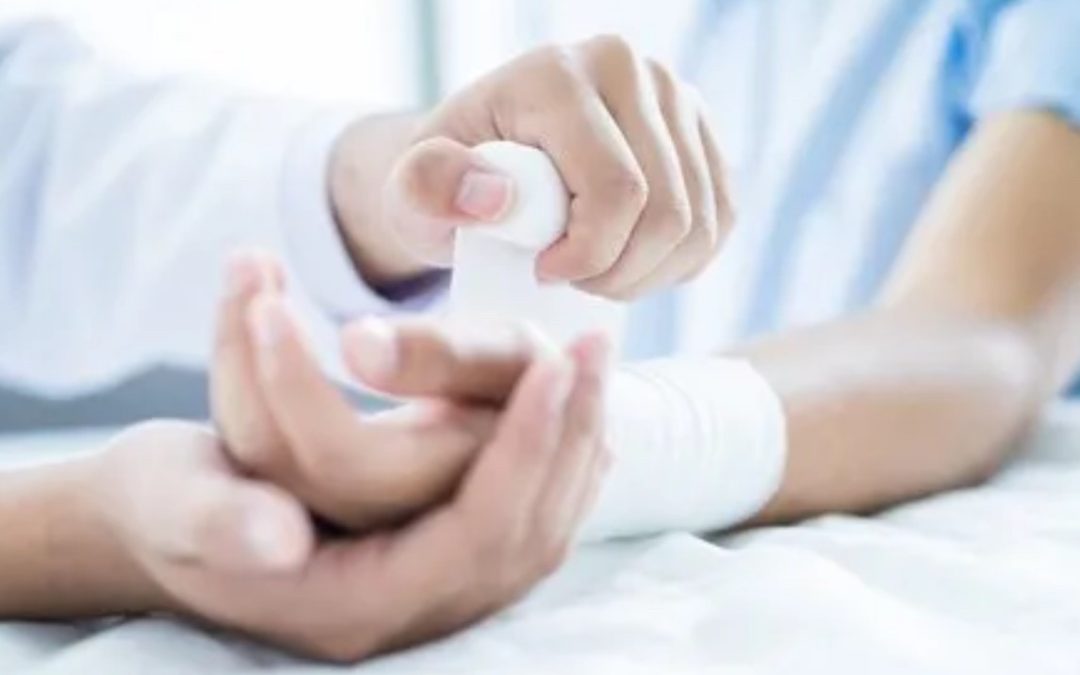Carpal Tunnel Surgery in Auckland – what to expect?
At Dr Mackenzie’s practice based in Remuera, Auckland, carpal tunnel surgery is usually a day case procedure, so you won’t need to stay overnight. By choosing Dr Mackenzie’s established practice in Auckland, you’ll get a complete, personalised kind of care from consultation, right through to aftercare and follow up.
What happens during surgery?
In most cases, carpal tunnel surgery is done as a day case. The surgery can be done under general anaesthesia, which puts you to sleep, or under local anaesthesia, which numbs just your hand and/or arm. In some cases, you will also be given a light sedative through an intravenous line inserted into a vein in your arm by the anaesthetist. Dr Mackenzie will make a small 4 cm incision in the palm of your hand and view the inside of your hand and wrist through this incision. During the procedure, Dr Mackenzie will divide the transverse carpal ligament (the roof of the carpal tunnel). This increases the size of the tunnel and decreases pressure on the median nerve. Dr Mackenzie will inspect the median nerve. Wound will be closed and a dressing applied. Dr Mackenzie usually does not apply a splint.
The surgery takes about 30 minutes. You need to have somebody to drive you home after the surgery.
After surgery, the ligament may gradually grow back together—but there will be more space in the carpal tunnel and pressure on the median nerve will be relieved.
What is the recovery after surgical decompression?
It is very important to elevate your hand as often as possible, following your operation as it helps to reduce the swelling. You will be encouraged to move your fingers to reduce swelling and prevent stiffness.
You can expect some pain, swelling, and stiffness after your procedure. Discomfort around the cut area may last for several weeks or months.
Your grip will be temporarily weaker than usual following carpal tunnel surgery, but strength should return 2-3 months after surgery.
The numbness and tingling may disappear quickly or slowly, depending on the degree of nerve compression. If your thumb muscles have been without nerve supply for more than 12 months, they are unlikely to regenerate at all.
You can have a bath or shower 24 hours after your operation but keep your wounds dry until they have healed. It is helpful to wear a large plastic bag over your arm for showering or bathing.
You can drive a car when your hand feels comfortable and strong. It usually takes at least 2-3 weeks before you can drive a car.
Stiches are removed 10 to 14 days after surgery.
Self-care activities, light lifting and gripping may be permitted soon after surgery.
If you have another condition that causes pain or stiffness in your hand or wrist, such as arthritis or tendonitis, it may slow your overall recovery.
Recovery may take several months. Carpal tunnel symptoms may not completely go away after surgery, especially in severe cases.
When can I return to work?
This will depend on the type of work you do, but it may be one to two weeks after your operation.
Heavier activities with the affected hand are restricted for 4 to 6 weeks.
Recovery times vary depending on the patient’s age, general health, severity of carpal tunnel syndrome, and the length of time symptoms have been present.
Strength and sensation continue to improve over the following year.
What are the risks of surgery?
What are the risks of surgery?
Complications associated with this surgery are rare, but can include:
- Infection – this can be settled by taking antibiotics
- welling-may last for a few months
- Stiffness 4 in 100 patients and can last from weeks to 6 months. Hand physiotherapy may be required
- Painful scar
- Wound healing problems
- Bleeding/haematoma
- Damage to the median nerve or its branches-very rare
- Recurrence-2-3%
- Incomplete resolution of symptoms in severe nerve compression
- CRPS-complex regional pain syndrome-5%
- Exacerbation of finger triggering

Recent Comments